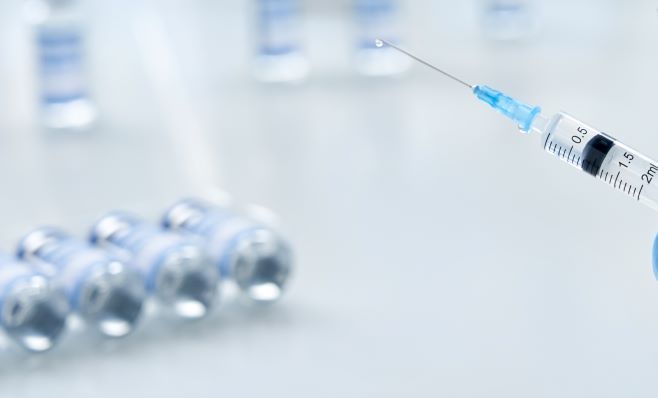The concentration of biomanufacturing expertise in industrial nations left low- and middle-income countries with few ways to obtain the COVID-19 vaccines when they became available. That limited availability (combined with vaccine hesitancy) has resulted in vaccination rates that are still below 20% in low-income countries.
The Access to Advanced Health Institute (AAHI) seeks to improve the situation by simplifying the manufacturing process for RNA and other types of vaccines. As Christopher Fox, PhD, SVP of formulations for AAHI, says, three of the greatest challenges are use of unsustainable natural materials, complex manufacturing processes, and cold chain infrastructure requirements.
To address these concerns, AAHI is advancing several approaches. One is dose scaling. “We’ve reengineered the vaccine formulation manufacturing process to make it simpler and more efficient. Then, using standard excipients, we can make a more concentrated formulation and go from making five thousand doses per day to five million doses per day, while using equipment that is available in LMICs [lower middle income countries],” Fox says.
Increasing lower middle income countries’ access to vaccine materials
AAHI also is developing a synthetic analogue to squalene to increase LMICs’ access to vital raw materials. Squalene, an adjuvant in multiple vaccines, is derived from shark liver.
Although squalene has been extracted from olives for use in the cosmetic industry, “The purity is inadequate for pharmaceuticals,” Fox explains. Therefore, “We’re investigating— with partners—semi-synthetic or synthetic sources of squalene-like molecules.” That approach uses bioengineered yeast to generate the starting material, but then performing additional synthetic chemistry steps to develop the desired molecule. “The next step is to manufacture quantities for clinical testing.”
AAHI also is adapting established spray-drying and freeze-drying techniques to enable mass production of thermostable vaccines for developing regions. “We’ve developed a freeze-dried tuberculosis vaccine that has demonstrated stability at 37°C for at three months and is now completing a Phase I clinical trial,” Fox said. “That’s a key benchmark, because it means you can get that vaccine to areas that don’t have good cold chain capacity. We also developed a spray-dried formulation that is designed for needle-free delivery to the nose or lungs.”
Globally, “A lot of good work is going on, but manufacturing technology and know-how are not as widely disseminated as vaccine immunology research,” Fox says. AAHI’s goal is to ensure these vaccines can be manufactured anywhere in the world at large scale and acceptable costs. And that, he says, will benefit everyone.

















